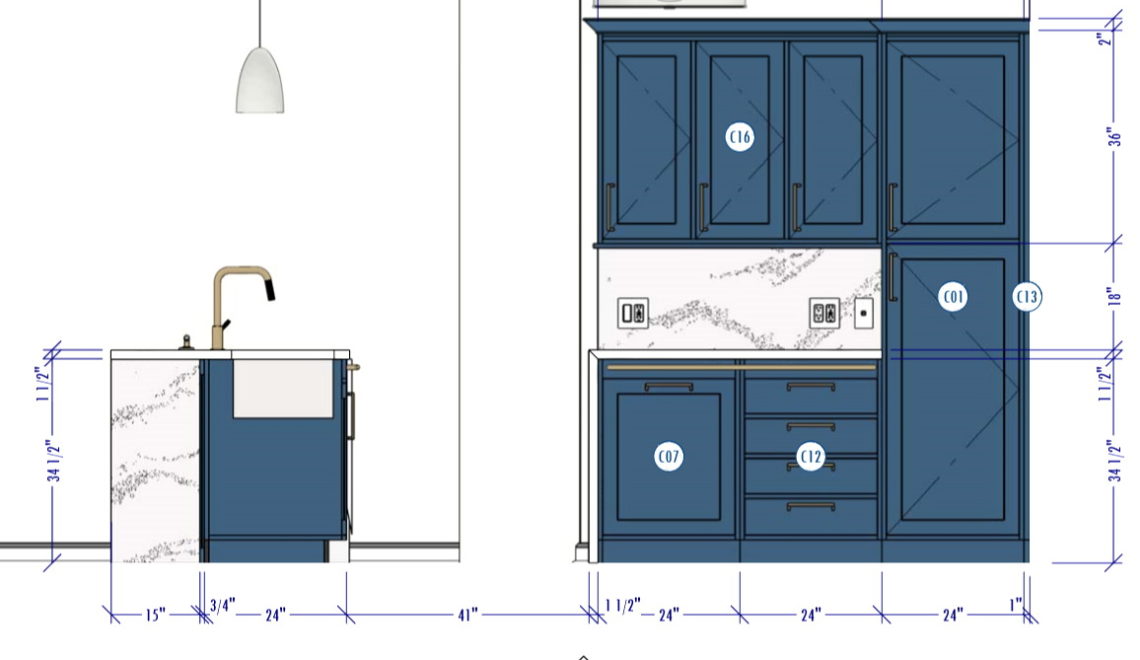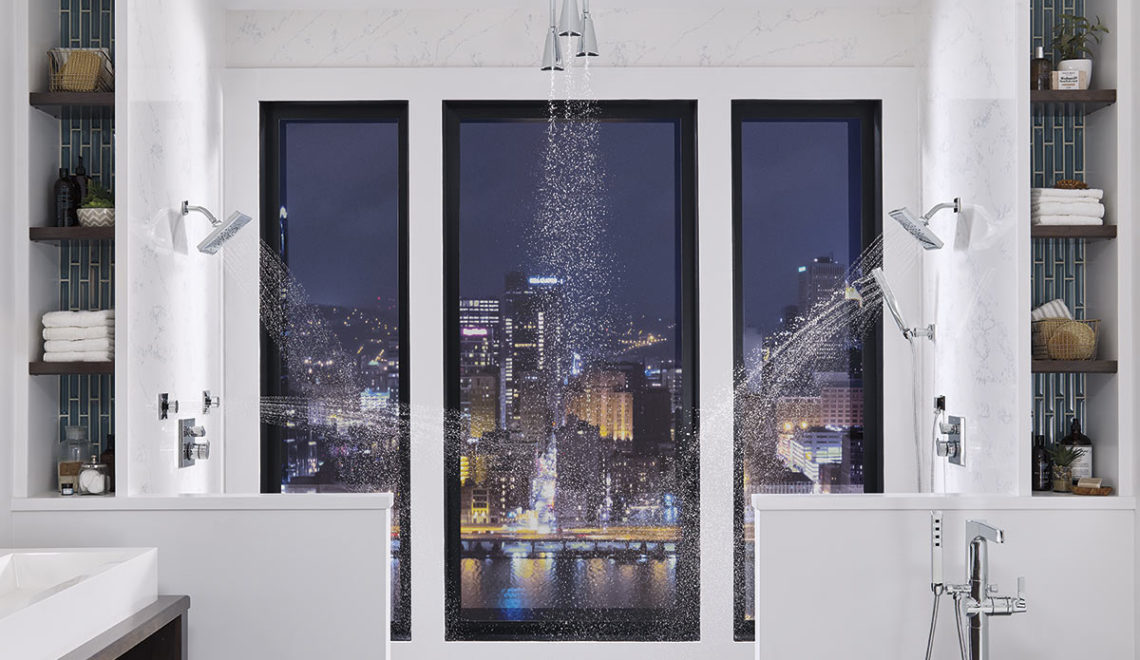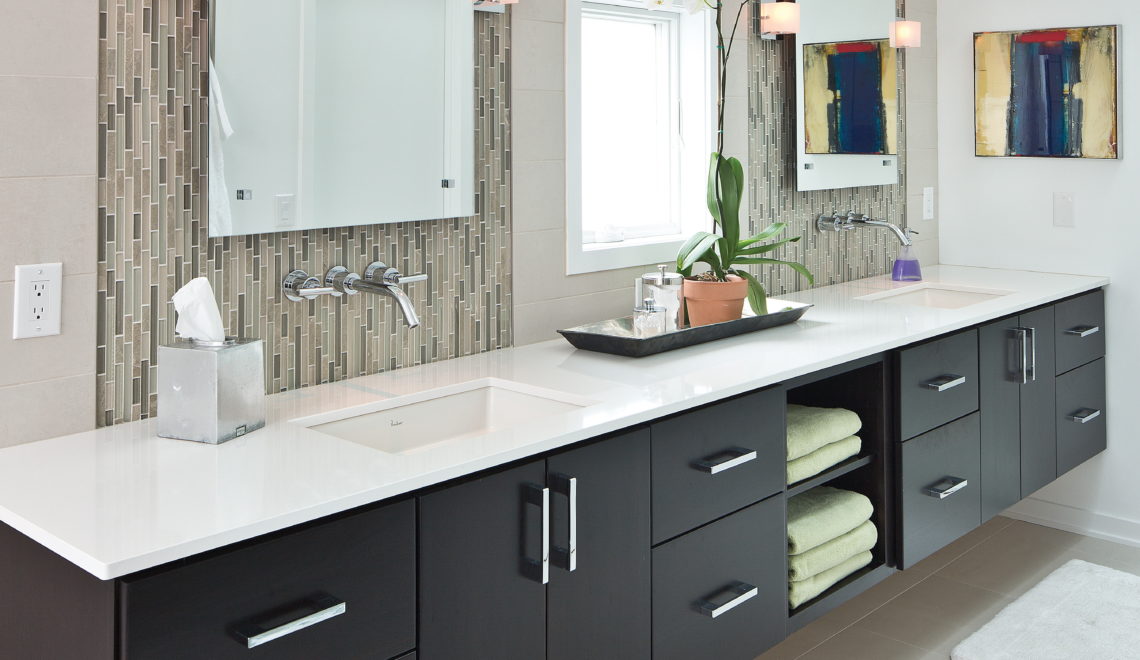Home design can be a complex and multifaceted process that involves careful consideration of many different factors. From the practical and functional aspects of the space, such as flow and storage, to the more esthetic elements, such as color and texture, designing a home requires a thoughtful and intentional approach. The principles of home design provide a framework for creating a living space that is comfortable, functional, and visually appealing. By understanding these principles and incorporating them into the design process, it is possible to create a home that meets the specific needs and preferences of the occupants, while also being sustainable and environmentally responsible.
(more…)Tag
aging in place
The Value of Hiring a Certified Living in Place Professional (CLIPP) for your Next Design

Did you know that a person aged 60 needs three times the light as a 20-year-old?
That may seem like a drastic amount, but Certified Living in Place Professional (CLIPP) Adam Gibson explains the reasoning behind this statement: people over 60, “need more light, and everyone needs a high Color Rendering Index (CRI) to best reveal the colors of various objects. It’s no fun going outside in your black socks only to realize they’re blue. One solution? Light-colored walls washed in light provide more ambient light than the same quantity of recessed lights pointing toward the floor.”
(more…)Keeping up with the Latest Home Design Trends

Each year, I’m intrigued by all of the blogs, social media posts and emails that flood my feed featuring the hottest trends for home design. We’ve seen it all, from floral everywhere to gray everything. Are these trends something that most designers track and incorporate into their latest work? Are we driving ourselves crazy trying to stay on top of the latest trends, or is it a necessary component of keeping a competitive edge in the market?
(more…)Design for Living

 By Adam Gibson, Architectural Designer, CMKBD, CLIPP, CAPS
By Adam Gibson, Architectural Designer, CMKBD, CLIPP, CAPS
There’s a growing need to make homes safer and healthier with thoughtful elements that don’t compromise aesthetics.
Many of us use assistive devices that have become part of our everyday lives, things we consider normal… take glasses and hearing aids, for instance. Why not take this same approach when designing a home?
Baby boomers are retiring at an astonishing rate, creating issues not often addressed. Aside from them, many families have specific needs (outside of age) for features embedded in design. We are doing them a disservice if we don’t educate ourselves, and in doing so, them, on how to contribute to their health and welfare.
(more…)

 by
by  By
By 













































